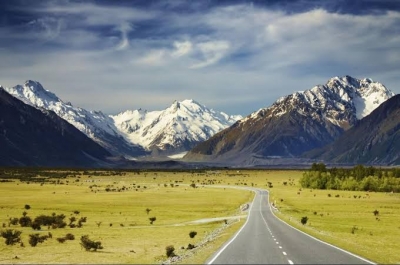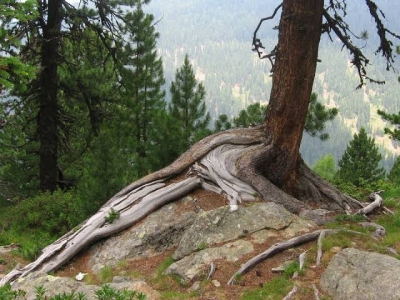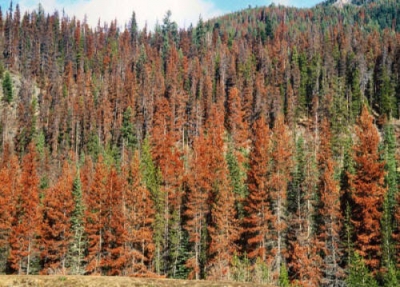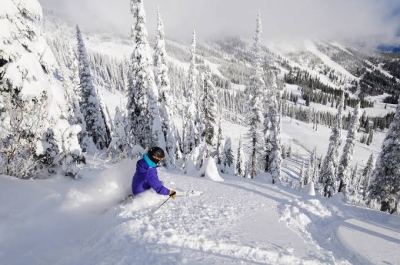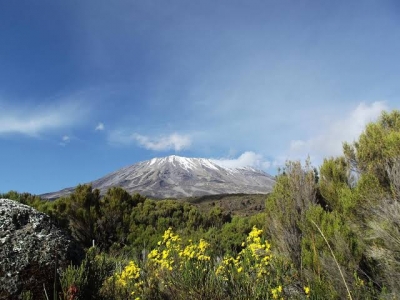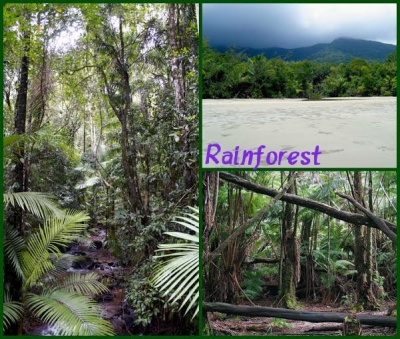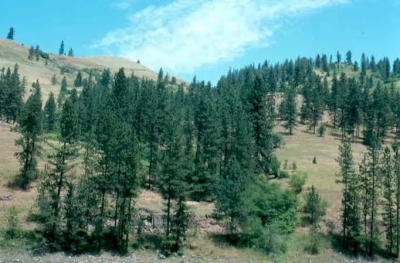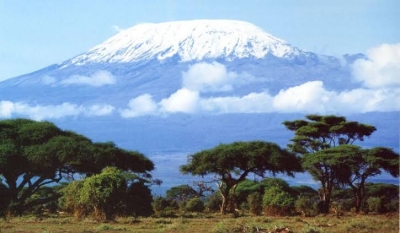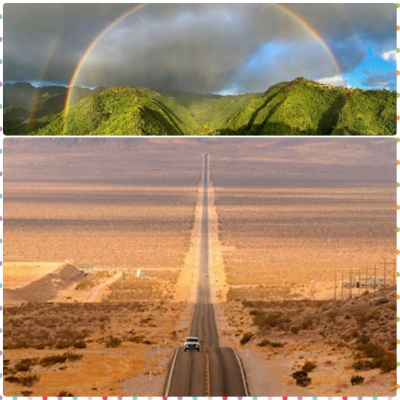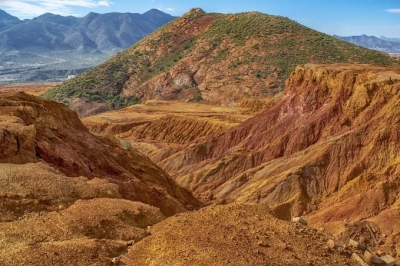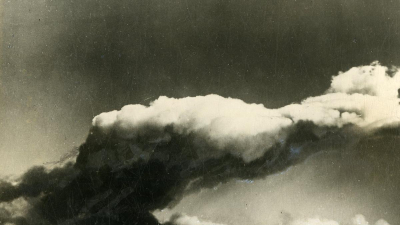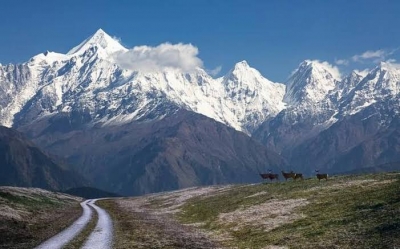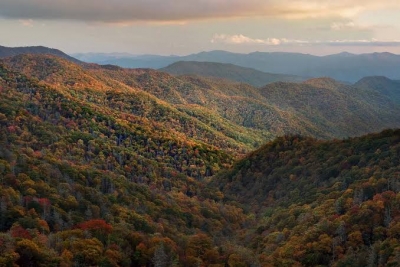What plants do we see on mountains?
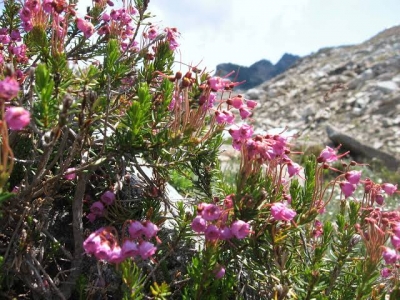
Mountain ranges differ in vegetation according to the region they are situated in. The Western Ghats are a chain of mountains which run parallel along the Western coast of India through Gujarat, Maharashtra, Karnataka, Kerala and Tamil Nadu.
These Ghats are considered to be a hotspot of biodiversity. Nearly 5,800 species of flowering plants occur here. A variety of vegetation types, from evergreen to semi-evergreen, moist deciduous to dry deciduous and high altitude grasslands are found here.
Dry scrub vegetation occurs at the foothills followed by moist deciduous forests at higher altitudes. Further up are the semi-evergreen and evergreen forests. The Silent Valley forest in the Western Ghats is the best example of a surviving tropical rain forest in India. These forests abound in orchids, timber trees, spices and medicinal plants.
Around the world, vegetation follows a similar pattern. The foothills may be covered in broad-leaved forests while the upper slopes have needle-leaved trees like spruce and pines.
The plants that grow on specific mountain ranges depend largely on the climate of the mountains. For instance the San Bernardino range in the USA has a Mediterranean climate with chaparral, scrub oak, elderberry and white alder among the flora present here.
Picture Credit : Google
